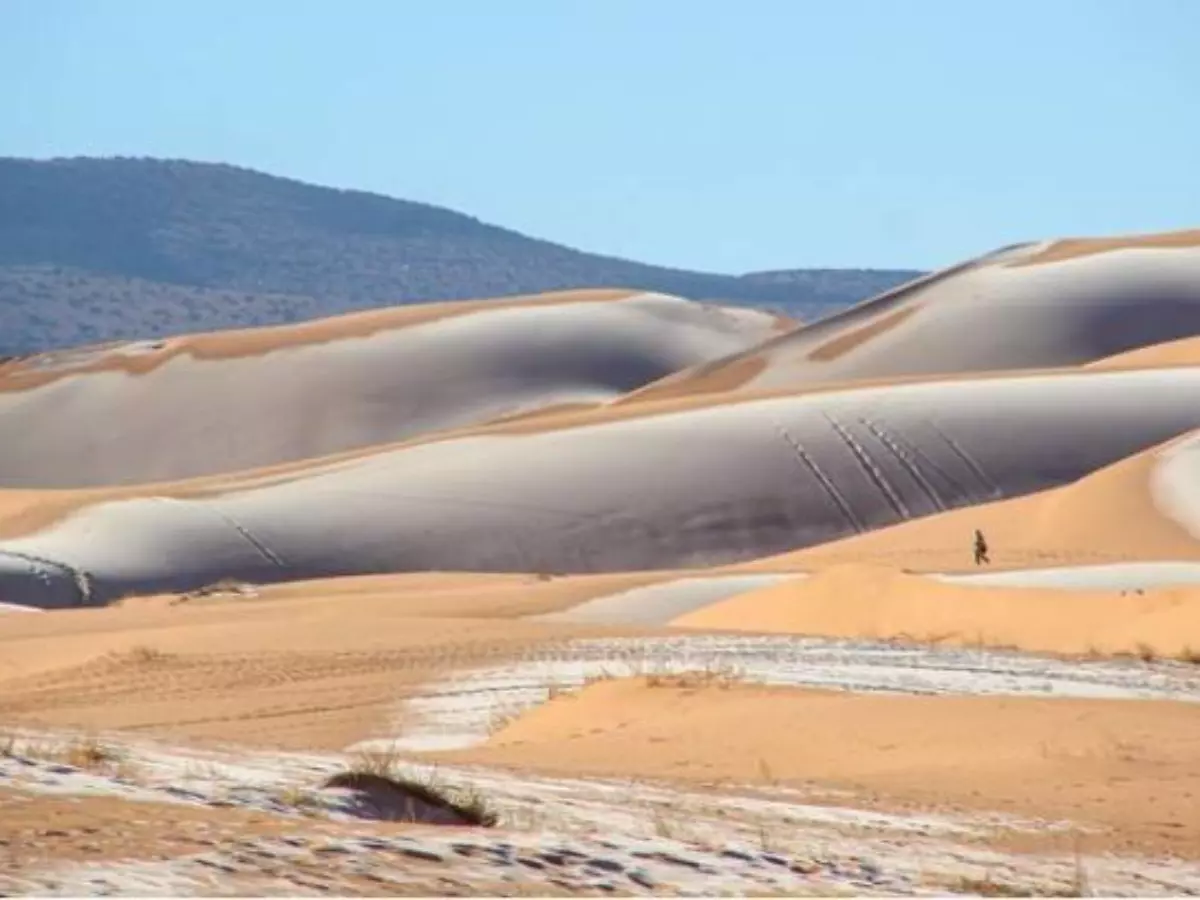The African Continent is Splitting Apart, And A New Ocean Will be Born: What It Means For Us
If the Somali and Nubian tectonic plates continue to separate, the rift will form a smaller continent that will contain present-day Somalia as well as sections of Kenya, Ethiopia, and Tanzania.

Africa is breaking up or ¡°rifting¡± into two parts and a new ocean is being born, scientists have said. As per a research published in the peer-reviewed journal Geophysical Research Letters, two major sections of the continent are peeling apart, which could eventually form a new ocean.
Let¡¯s understand the reason behind the split and how long will it take for Africa to break up.
 Karim Bouchetata/BAV Media
Karim Bouchetata/BAV Media
Why is Africa splitting?
According to the study, the slow separation of the continent is linked to a 35-mile-long crack that formed in Ethiopia¡¯s desert after an earthquake in 2005, and will eventually become a completely new sea.
The seismic data present in the research shows that the creation of the rift was triggered by similar tectonic processes that are taking place at the bottom of the ocean. The crack was discovered at the border of three tectonic plates ¨C African Nubian, African Somali, and Arabian ¨C that have already been separating for some time, the Economic Times report added.
Spanning over 3,000km, the East African Rift Valley lies from the Gulf of Aden in the north towards Zimbabwe in the south. As per The Conversation, it divides the African plate into two parts: the Somali and Nubian plates.
 africa
africa
What does it mean?
According to Down to Earth, Christopher Moore, a doctorate student at the University of Leeds, said this geological process will inevitably divide the continent, resulting in currently landlocked countries such as Uganda and Zambia gaining their own coastlines in due time, which would take five to ten million years.
Moore has been using satellite radar to track volcanic activity in East Africa linked to the continent¡¯s fragmentation, as per a 2020 NBC report.
What will be its effects?
The evacuation of people and the potential loss of lives will be an unintended consequence of this natural occurrence, explains the Down to Earth report. The advent of new coastlines may open up new chances for economic expansion. These countries will benefit from additional trade ports, fishing grounds, and subsea internet infrastructure, which will boost their economic potential.
 Africa
Africa
If the Somali and Nubian tectonic plates continue to separate, the rift will form a smaller continent that will contain present-day Somalia as well as sections of Kenya, Ethiopia, and Tanzania.
How long will it take?
It will take millions of years for Africa to be sliced into two unequal parts. The new ocean will take at least 5 million to 10 million years to form which could eventually give the landlocked countries of Uganda and Zambia their own coastlines. The smaller continent created by the rift will include countries such as present-day Somalia and parts of Kenya, Ethiopia, and Tanzania, as per USA Today.
 Screengrab/YouTube
Screengrab/YouTube
GPS tracking has revealed the different paces at which the land movements between these tectonic plates are occurring, with the Arabian plate shifting away from Africa at a rate of one inch per year.
